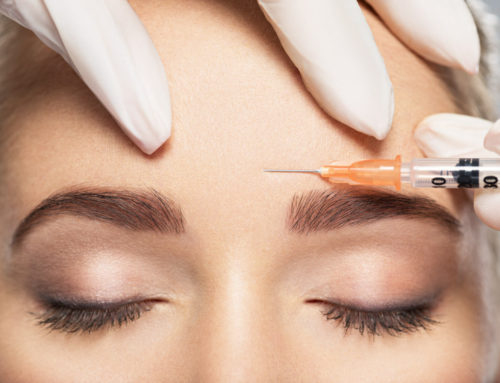
You’ve probably heard of hair transplants on the scalp to give men who are thinning or balding permanent hair regrowth. The same can be done with the face. Hair doesn’t grow on most scars, so a facial hair transplant doesn’t just cover the scars; it can give a more typical beard on men with facial scarring. Facial hair transplants can be used to fill in a few spotty areas where additional coverage is desired, or it can be used to restore a full goatee or beard.
Just as with hair transplants on the scalp, facial hair transplants come from donor sites on the back or sides of the scalp. The surgeon will decide the best location for the harvest based on how well it blends with the existing facial hair. As the surgeon places the hair grafts, she will be sure to place them at the correct angle and direction. Often, small clusters of 2-3 hairs are grafted to create a more natural appearance. Grey hairs can be artfully blended with the restored area for the best overall aesthetics.
Once the hairs are transplanted, they are permanent and grow just like facial hair. They can be trimmed and shaved just like the rest of the beard. It;s important to note that men who choose to have facial hair transplants will have less hairs to work with later, should they want treatment for hair loss on the scalp.
Facial hair restoration is often done under local anesthesia with an oral sedative. The procedure usually takes between two and five hours with minimal to no discomfort. Likewise, the recovery period is generally painless. After the second day, the patients are able to return to normal activities, but the transplant area must be kept completely dry for several days, and the face will look like something has been done to it for the first week or so. If the area that is being transplanted is particularly large or dense, multiple procedures may be required for best results. About two weeks after the transfer, the transplanted hairs will fall out and start to grow back permanently about three months later.
For men who have facial scarring due to a birth defect, such as a cleft lip, transplanting hair to create a typical-looking moustache, goatee, or beard may give a boost to their self esteem and create a feeling of normalcy for the first time in his life. Facial scarring of any kind, with few exceptions, creates some degree of self consciousness. For some men, a facial hair transplant can help to ease that discomfort.





